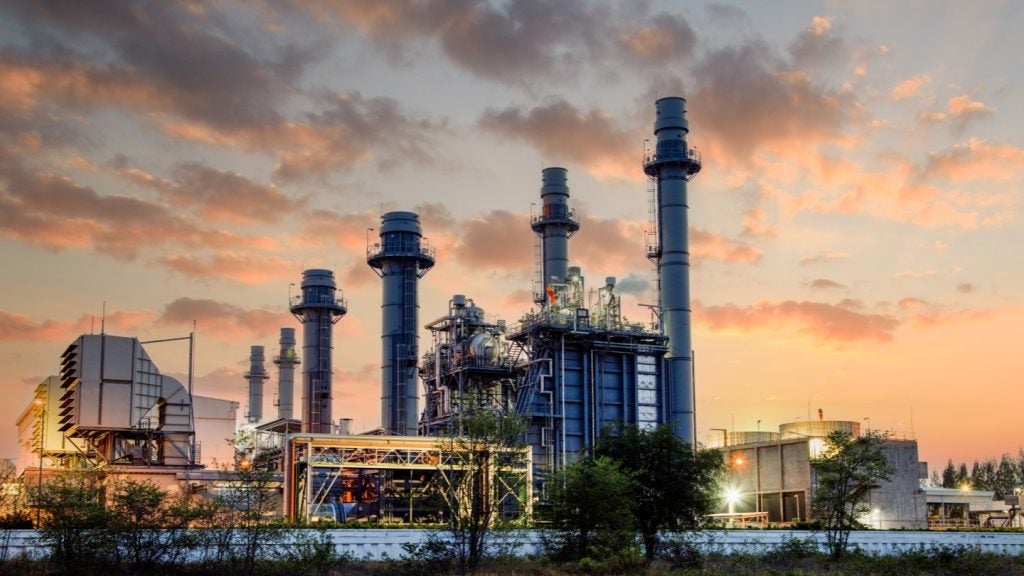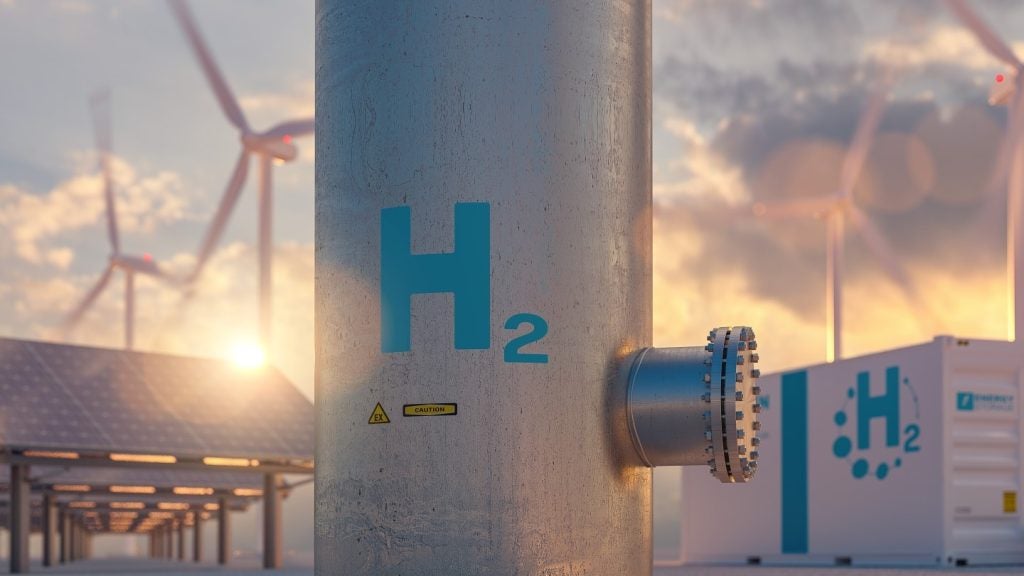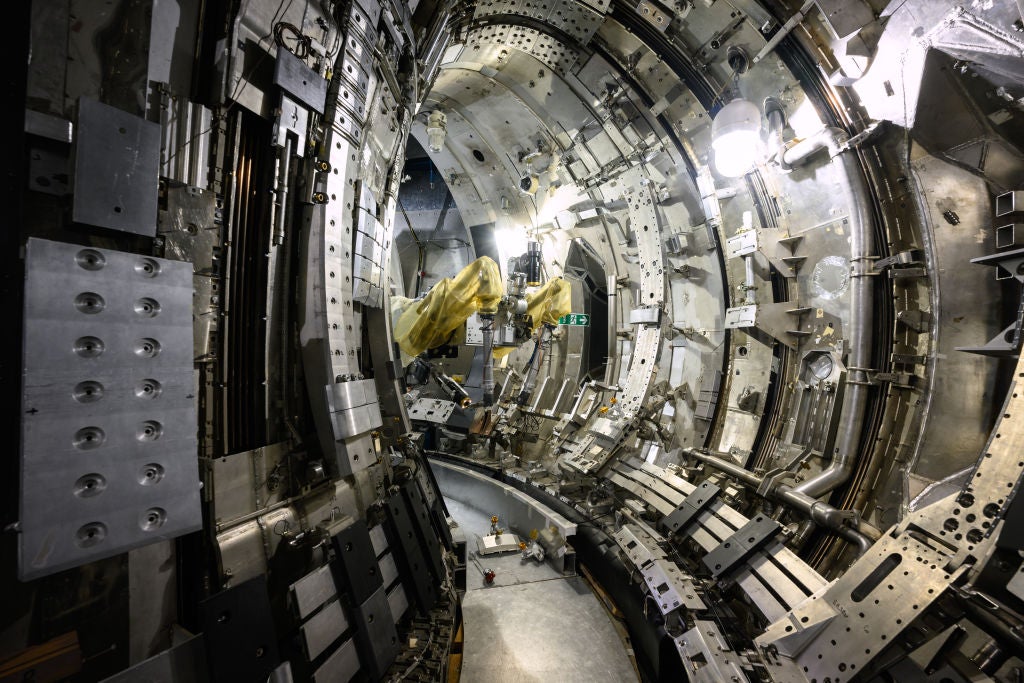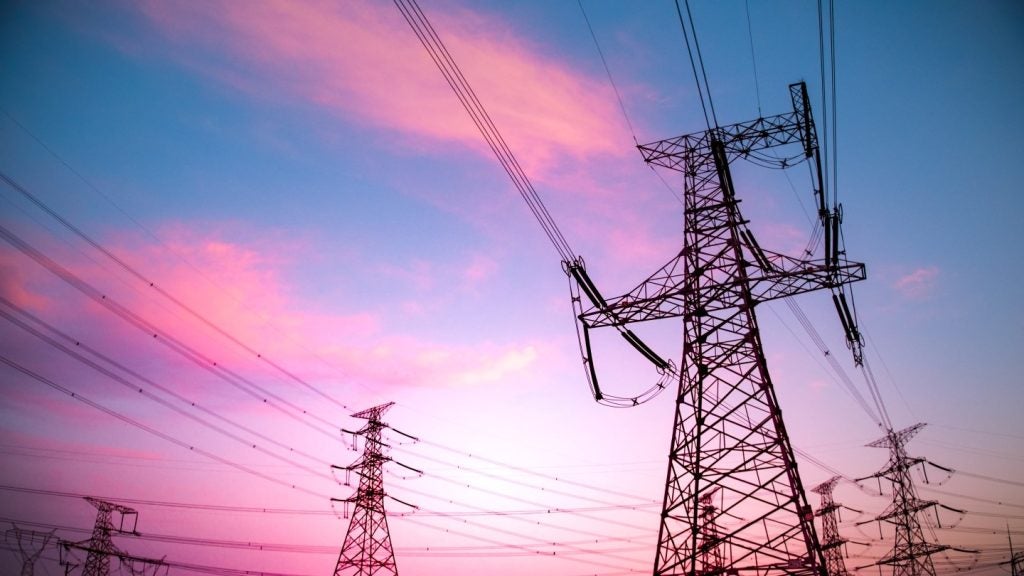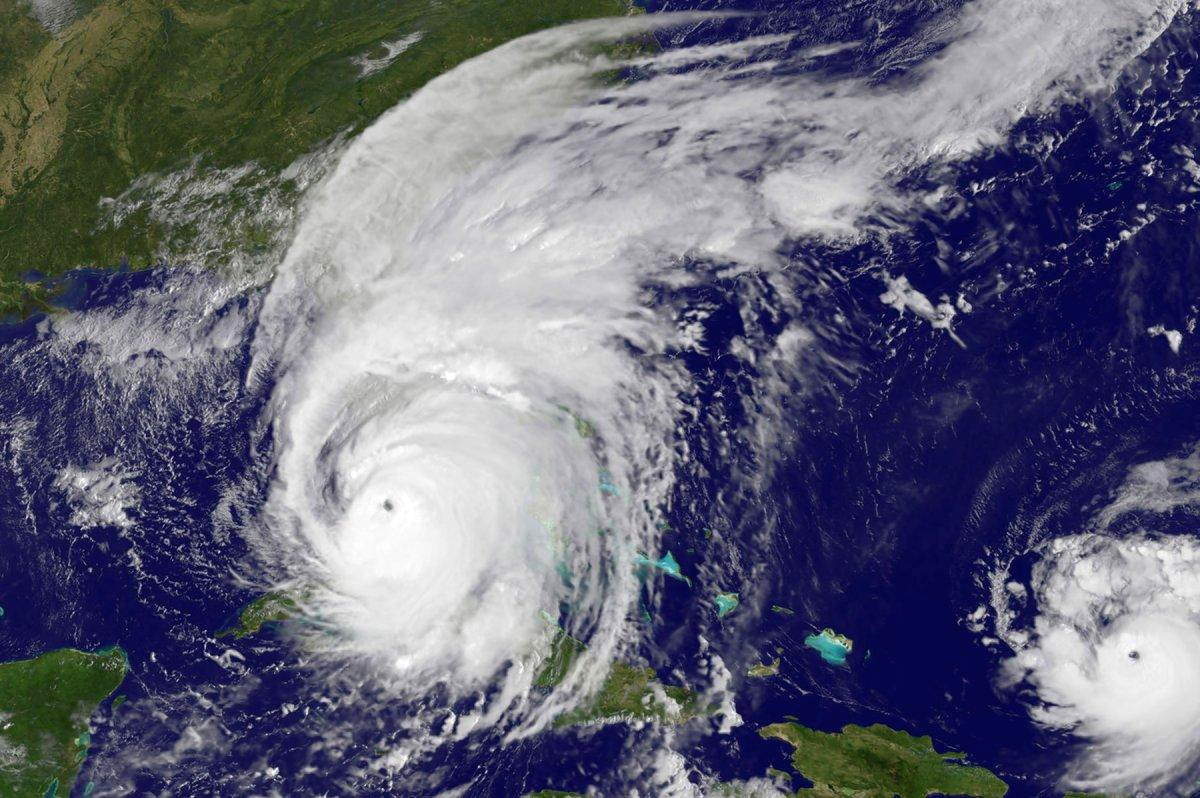
In her 2007 bestseller The Shock Doctrine, activist Naomi Klein chronicles the rise of what she terms ‘disaster capitalism’, whereby national crises, natural or otherwise, are exploited to push through controversial economic policies without the consent of those most impacted by catastrophic events.
Klein cites Hurricane Katrina as an example, highlighting the US Government’s inability – or reluctance – to restore critical amenities such as electricity in poor areas of New Orleans in a reasonable timeframe.
Fast forward a decade and the Trump administration has been criticised for lacking a coherent federal funding strategy to restore power in Puerto Rico and, to a lesser extent, in Texas and Florida.
In early October, two weeks after Hurricane Maria devastated Puerto Rico, more than 90% of the island’s three and a half million inhabitants were still without power and phone communications.
At the time of writing, the Puerto Rico Electric Power Authority’s grid is operating at less than 50%. The country’s Department of Economic Development and Commerce estimates the economic losses at a minimum of $20bn, as potentially devastating figure for an economy that is already $70bn in debt.
On 31 October, Texas Governor Gregg Abbott arrived in Washington cap in hand to request a further $61bn in federal disaster recovery money in order to rebuild public infrastructure after Hurricane Harvey. In addition, when Hurricane Irma made landfall, four million Floridians lost access to power.
How well do you really know your competitors?
Access the most comprehensive Company Profiles on the market, powered by GlobalData. Save hours of research. Gain competitive edge.

Thank you!
Your download email will arrive shortly
Not ready to buy yet? Download a free sample
We are confident about the unique quality of our Company Profiles. However, we want you to make the most beneficial decision for your business, so we offer a free sample that you can download by submitting the below form
By GlobalDataSo, has the US Government responded quickly enough to restore power in Puerto Rico, Texas and Florida? And what needs to be done to ensure that the US grid network is safer and more robust?
Forward thinking: solar power storage and microgrids
In Texas, the Electric Reliability Council of Texas (ERCOT) and utilities ensured that, despite outages and damage, the majority of the state’s 28 million residents remained connected to the electricity grid.
A week and a half after Hurricane Irma, utilities, including Duke Energy and Florida Power and Light, had restored power to 99% of Floridians in what was one of the largest restoration efforts in US history.
However, in Puerto Rico, the situation is very different. Fixing the largest blackout in US history is a mammoth task that requires cooperation between the Federal Emergency Management Agency, the Army Corps of Engineers, the Puerto Rican Government and the Financial Oversight and Management Board for Puerto Rico, the congressional body overseeing the Caribbean island’s bankruptcy.
As recently as early November, a major power line failure reduced electricity capacity to just 18%. Additionally, a $300m grid repair contract between US company Whitefish and Puerto Rico was recently scrapped due to controversy over staffing levels and a lack of transparency around labour costs and profits.
In Texas, Hurricane Harvey also highlighted the benefits and shortcomings of new technology in mitigating the impact of natural disasters on electricity networks. In 2009, utility firm CenterPoint Energy began a $750m smart grid project, which involved the installation of 2.3m smart meters, along with intelligent grid devices such as self-healing circuits and a new distribution management system.
But the sheer magnitude of outages meant the fault location, isolation and service restoration (FLISR) system, a key part of the intelligent grid, was of little use. Smart meters made the authorities aware of outages more efficiently, but they couldn’t necessarily fix them any quicker.
Forward thinking: solar power storage and microgrids
Could renewable energy solve the problem of grid vulnerability, as environmentalists predict an increase in extreme weather events due to accelerated global warming? Tesla CEO Elon Musk thinks so.
The tech billionaire is best known for electric cars and theoretical space missions, but Tesla also incorporates the solar panel company SolarCity, which specialises in efficiently retain large amounts of electricity in vast power banks.
Tesla has sent hundreds of its Powerwall battery systems to Puerto Rico where they are storing energy generated by the island’s existing solar panels to help offset the power shortage.
“The Tesla team has done this for many smaller islands around the world, but there is no scalability limit, so it can be done for Puerto Rico too,” Musk said in October. Tesla previously installed a solar grid on the island of Ta’u in American Samoa and Musk has also met with the governor of Puerto Rico.
Researchers at Texas A&M University are looking to develop technology that quickly reconfigures power electronics intelligence at the network edge (PINE). PINE refers to research that aims to integrate renewables, such as photovoltaics, in future decentralised power distribution systems.
The RAPID project’s goal is to enable end-users to quickly restore prioritised electric loads during the recovery phase. The team will use real data gleaned during the power shortage in communities affected by Hurricane Harvey to formulate and compute energy-constrained microgrid scheduling.
The US is already home to 160 such microgrids, small-scale decentralised solutions that have proved to be a resilient alternative to state-wide power networks. Despite flooding, the Texas Medical Center was able to continue providing medical care throughout Harvey, thanks to a working thermal microgrid system.
Underground resistance: is subterranean infrastructure the answer?
In a recent CNN editorial, Roger Anderson, a senior research scientist at Columbia University, pointed out that it took just days to restore electricity to Lower Manhattan following the 9/11 terrorist attacks, compared with close to two weeks in some parts of Florida in the wake of Hurricane Irma.
In New York City, 75% of the power grid – equivalent to 93,000 miles, enough to wrap around the Earth 3.6 times – is subterranean, while in Florida 60% of the grid is above ground. Anderson notes that much of the damage inflicted by Hurricane Irma was the result of wind gusts toppling trees, power lines strung across poles, and overhead connections between the pole-bound transformers.
“When all the electric power was knocked out of the underground power system in Lower Manhattan on 9/11, Con Edison laid temporary power cables on street curbs that first day, as they repaired the underground damage within the critical 72hr window after which food and drink from refrigerators and freezers goes bad,” he says. “People tend to panic after that.”
However, utility companies struggling with shrinking margins claim that it is too expensive and time-consuming to dig trenches to bury the electric distribution feeders in the streets and make the necessary underground lower voltage connections to houses, apartment buildings and businesses.
Anderson argues that burying critical infrastructure along with pipelines, water, sewage and natural gas lines would better protect it from the elements, as well as from terrorist attacks, and also accelerate repair time.
Potential solutions such as this, in addition to renewable grid innovations and coordinated support at federal and local levels, can ensure that US power infrastructure is more resilient in the face of natural phenomena such as hurricanes and floods – and, as Naomi Klein would advocate, more democratic.



